Following the clues they had, a Chinese archaeological group found a treasure from hundreds of years ago.
Clues about ancient treasures

In 2006, some villagers accidentally found a few gold nuggets while walking along the banks of the Man River in Jiangkou Town, Sichuan Province. This news spread far and wide, attracting crowds of people to the river over the following years to search for treasure. Indeed, many valuable artifacts were found. Some people found large-sized gold and silver ingots, while others found numerous pieces of jewelry.
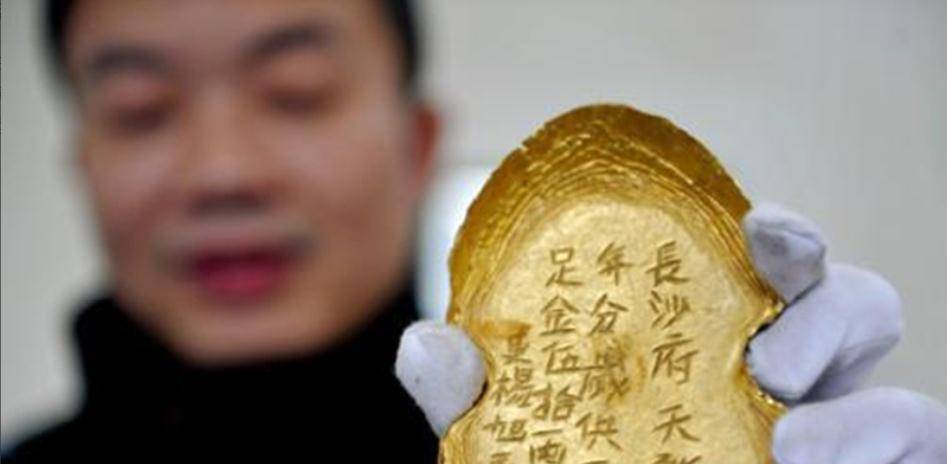
Suspecting the emergence of cultural relics, experts and local police, upon receiving this news, quickly arrived at the banks of the Man River and promptly sealed off the area. They also persuaded the locals to hand over the found treasures. After inventorying, the value of the cultural relics in gold and silver handed over by the villagers amounted to 300 million NDT (over 1,000 billion dong).
However, it wasn’t until some villagers in Jiangkou Town discovered a gold seal engraved with the words “Great General Vinh Xuong” from under the Man River – near where the gold nuggets were found earlier – that archaeologists remembered Truong Hien Trung’s treasure passed down through folklore.
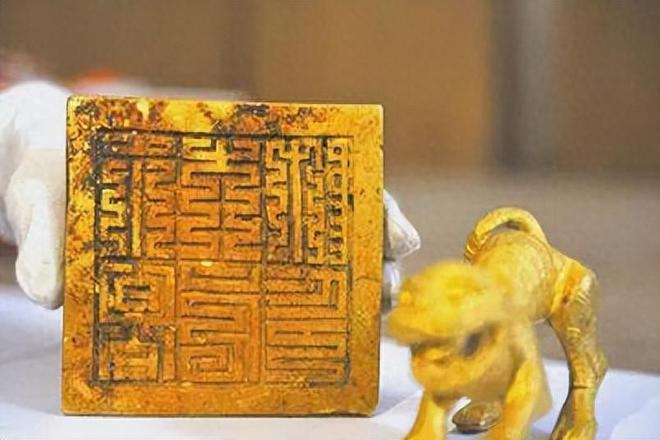
According to tradition, this “Great General Vinh Xuong” seal belongs to Truong Hien Trung – the leader of the peasant uprising movement at the end of the Ming dynasty in China. When fleeing from the imperial court, the gold and silver he carried with him sank into a stretch of the river in the area of a dock in Banshan district, Sichuan Province.
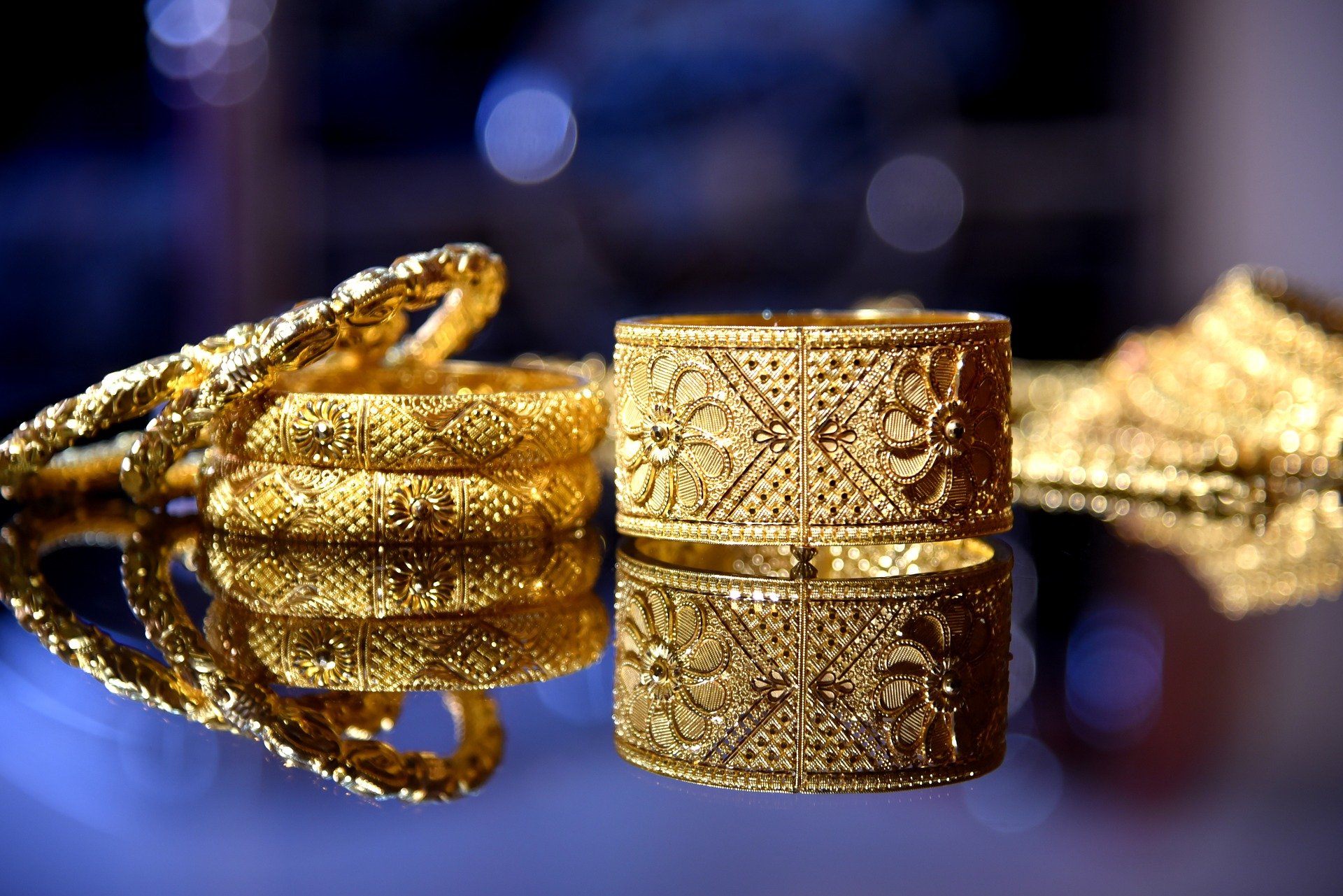
In a local folk song, there are two lines indicating that whoever finds a gold seal with the image of a tiger will find the location of the aforementioned treasure. Also from this clue, archaeologists determined that the treasure really lay beneath the riverbed and decided it needed to be excavated as soon as possible to avoid future complications.
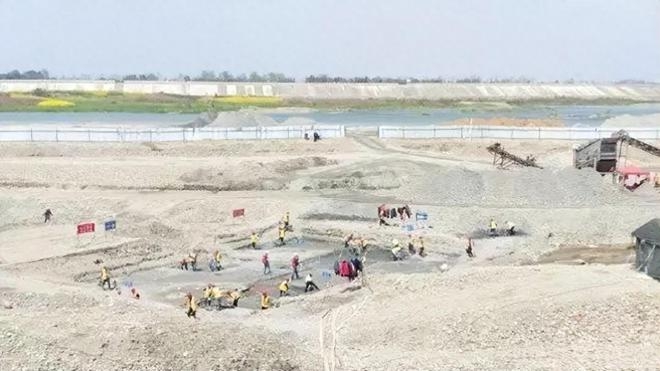
It took over 2 years to excavate the treasure
According to folklore, Truong Hien Trung’s treasure is equivalent to the gold reserves in Thang Duong. Even the Qing government dispatched people to the Jiangkou area to try to find this treasure. However, because the river area had strong currents, all efforts were in vain. Fortunately, at the time of discovering this treasure, Chinese experts had used many advanced technologies, so excavating this treasure was no longer an “impossible” task.
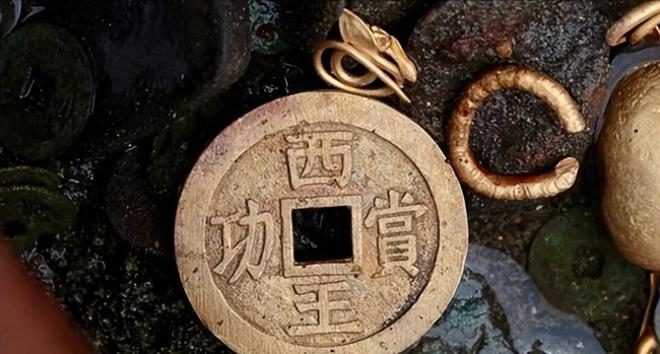
In October 2016, more than 20 large-capacity water pumps were mobilized by archaeologists to continuously drain the Man River. After 4 months of continuous pumping, mud and gravel, sand under the riverbed appeared before everyone’s eyes.
Subsequently, experts also brought professional radar equipment to serve the exploration work. This device emits a loud beep whenever it detects metal, ensuring that the archaeological team does not miss any valuable cultural relics.
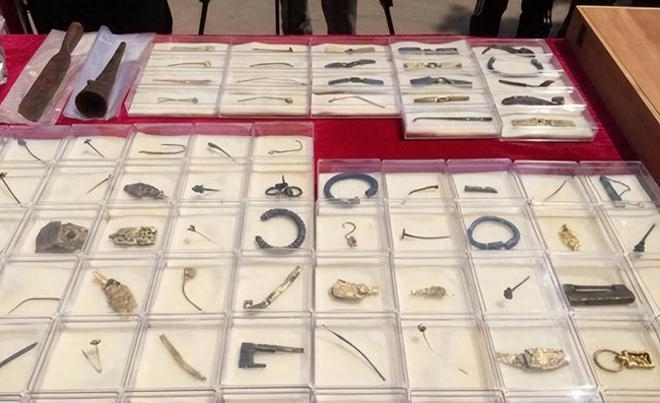
After over 2 years of excavation efforts, archaeologists also found a total of over 30,000 cultural relics under the riverbed of the Man River, including many gold jewelry pieces, some of which had melted into gold and silver ingots.
Among these treasures, experts especially noted the gold coins engraved with the words “Reward for Merit by the Western King”. According to Ming historical records, the “Western King” Truong Hien Trung specifically minted these coins to reward those with merit. They are very rare and have very high research value.

Interestingly, experts also discovered a large number of Han Dynasty coins and Japanese coins. These coins did not belong to the Ming dynasty and were not part of the aforementioned treasure. Therefore, experts believe that according to the flow of the times, merchant ships passing through this river accidentally dropped them to the riverbed.
In 2018, experts also discovered some types of combat weapons with formidable destructive power.
According to Sohu, this archaeological excavation began in October 2016 and it took two more years to achieve such preliminary results.
The found treasures were valued at 3 billion NDT (over 10,000 billion dong). Currently, these artifacts are displayed at the National Museum of Antiquities. However, the successful discovery and excavation of this treasure does not mean that the mystery of Chinese history has been closed. Instead, other secrets are still waiting for people to continue exploring.